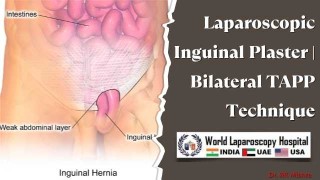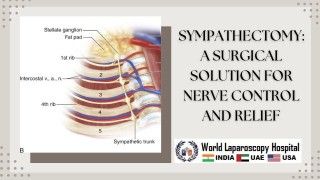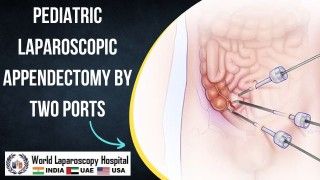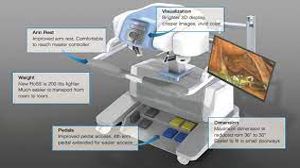Laparoscopic Cholecystectomy for Contracted Gallbladder with Solitary Large Stone
Add to
Share
240 views
Report
2 months ago
Description
A contracted gallbladder with a solitary large stone presents a unique surgical challenge for the laparoscopic surgeon. Chronic cholecystitis, repeated inflammation, and fibrosis lead to thickened walls and adhesions, which obscure normal anatomy. The presence of a large solitary calculus further increases technical difficulty, making careful dissection and adherence to safety protocols essential. Laparoscopic cholecystectomy remains the gold standard even in such complex situations, offering reduced morbidity, faster recovery, and minimal scarring compared to open surgery. Pathophysiology Contracted gallbladder develops due to recurrent inflammation and fibrosis. The wall becomes thickened and rigid, losing its distensibility. A solitary large stone often occupies the entire lumen, compressing the mucosa and leading to chronic irritation. Dense adhesions between gallbladder, omentum, and surrounding structures may obscure Calot’s triangle. Clinical Presentation Patients typically present with: Recurrent right upper quadrant pain Dyspepsia, bloating, or fatty food intolerance History of acute cholecystitis or previous hospital admissions Ultrasound findings: shrunken, thick-walled gallbladder with a large stone Preoperative Considerations Ultrasound: confirms contracted gallbladder and stone size. MRCP/CT scan: may be required if there is suspicion of common bile duct stones. Blood investigations: liver function tests, complete blood count, coagulation profile. Patient counseling: higher risk of difficult dissection, possibility of conversion to open cholecystectomy. Surgical Technique 1. Port Placement Standard four-port technique (umbilical, epigastric, and two subcostal ports). Modified port placement may be required if adhesions are extensive. 2. Adhesiolysis Careful dissection of adhesions around the gallbladder using blunt and sharp methods. Energy sources (harmonic scalpel, bipolar, monopolar hook) used judiciously to minimize injury. 3. Dissection of Calot’s Triangle Achieving the Critical View of Safety (CVS) is mandatory. In contracted gallbladder, fibrosis may obscure cystic duct and artery. Dissection proceeds close to the gallbladder wall to avoid bile duct injury. 4. Handling the Large Stone Sometimes the stone prevents grasping of the gallbladder. Needle aspiration or opening of fundus to extract the stone may be necessary to allow manipulation. Gallbladder then retracted for safe dissection. 5. Cystic Duct and Artery Control Identified, skeletonized, and clipped securely. In difficult cases, fundus-first (retrograde) dissection or subtotal cholecystectomy may be considered. 6. Specimen Retrieval Gallbladder removed through epigastric or umbilical port using an endo-bag. Large stone may require extension of port incision. Intraoperative Challenges Dense adhesions around Calot’s triangle. Difficulty in identifying cystic duct and artery. Thickened gallbladder wall leading to poor grasping. Risk of common bile duct injury. Postoperative Care Patients usually recover within 24–48 hours. Early ambulation and oral intake encouraged. Analgesics and antibiotics as per protocol. Discharge within 1–2 days in uncomplicated cases. Conclusion Laparoscopic cholecystectomy for contracted gallbladder with solitary large stone is a technically demanding procedure. Proper preoperative evaluation, meticulous dissection, adherence to the Critical View of Safety, and readiness to convert to open surgery when required are key to successful outcomes. With expertise and careful technique, laparoscopy offers excellent results even in such difficult gallbladder surgeries.
Similar Videos






